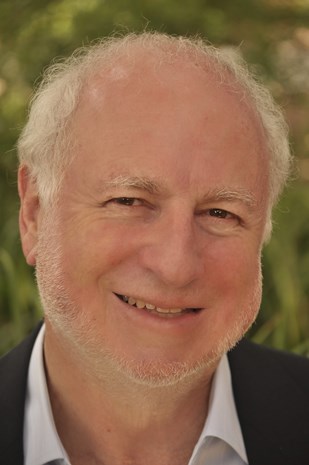Leo Radom

Born December 13, 1944 in Shanghai, China.
Professor, School of Chemistry, University of Sydney, Sydney Australia.
Email:radom@chem.usyd.edu.au
WWW: external link
PhD (1969) University of Sydney;
DSc (1982) Australian National University;
University Medal in Chemistry (1965);
Fulbright Fellowship (1969-1972);
Queen Elizabeth II Fellowship (1972-1974);
Rennie Medal (1977);
Fellow of the Royal Australian Chemical Institute (FRACI) (1979);
H.G. Smith Medal (1988);
Fellow of the Australian Academy of Science (FAA) (1988);
International Academy of Quantum Molecular Science (1989);
Maccoll Prize (1991);
Archibald Olle Prize (1992);
Schrödinger Medal (1994);
Centenary Medal (2003);
Fukui Medal (2006);
David Craig Medal (2008);
Fellow of the Royal Society of Chemistry (FRSC) (2008);
AMMA Medal (2010);
RACI Physical Chemistry Division Medal (2010)
Author of:
Approximately 510 papers. H-index = 83 (September 2013)
Important Contributions:
Generally concerned with the mechanistic and structural applications of ab initio molecular orbital theory. Conformational analysis including Fourier component analysis of rotational potential functions. Isodesmic reactions. Substituent effects in prototypical organic systems including cations, radicals, anions, alkanes, alkenes, alkynes, benzenes, pyrroles, furans, thiophenes. Hyperconjugation including structural and energetic consequences. Strained-ring systems including small rings, spiro compounds, propellanes. Benzynes and hetarynes. Reactive intermediates including carbocations, carbanions. Interstellar chemistry including predictions of new interstellar molecules. Reaction potential surfaces. Analogue of the Hammond Postulate for molecular complexes. Gas-phase ion chemistry including identification of new species, e.g. distonic radical cations. Gas-phase acidities and basicities. Theoretical thermochemistry. Ion-cluster chemistry including hemi-bonded systems. Noble-gas chemistry. Multiply-charged ions including species with remarkably tight binding. Convergence of the Møller–Plesset perturbation series. Free radical chemistry, including improved theoretical methodology. Nucleophilic substitution. Planar tetracoordinate carbon. Enzyme-catalyzed reactions, particularly those involving coenzyme B12.


